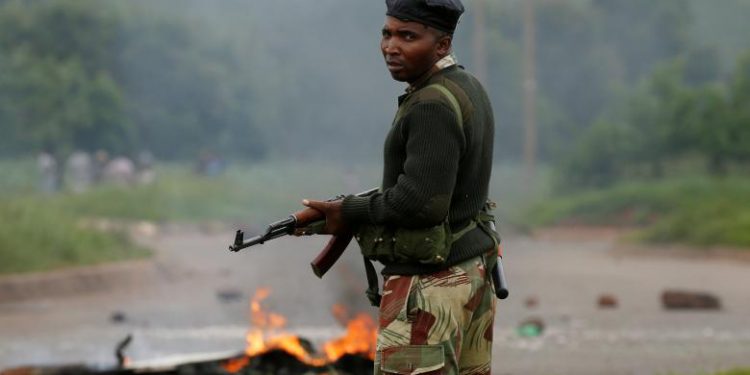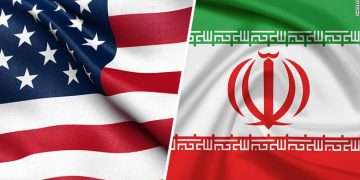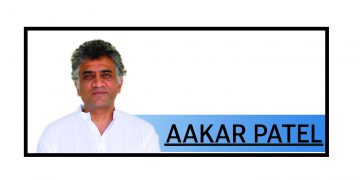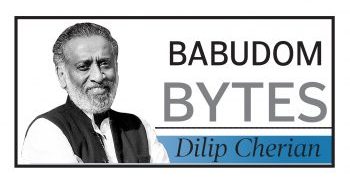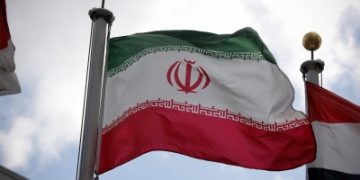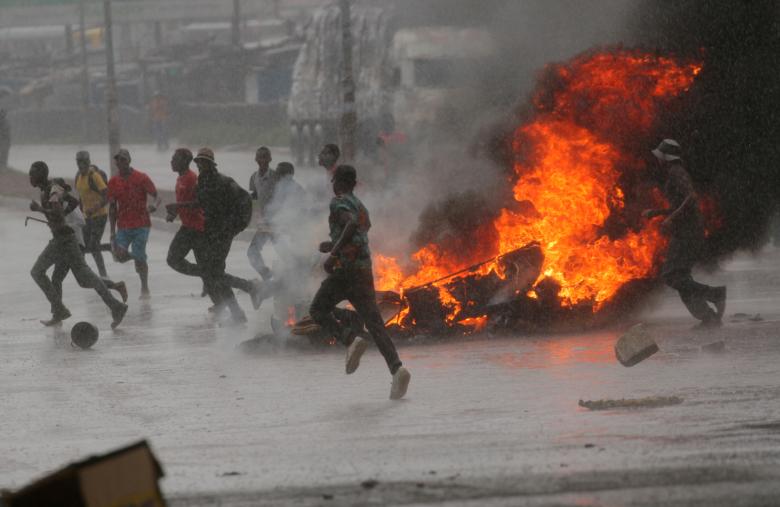
Harare: Weary-looking Innocent Takura reclined in the seat of his small Honda sedan near the start of a kilometre-long petrol queue that sums up Zimbabwe’s deepening economic chaos.
“This life is tough, too tough,” he said as he tried to nap while military police wearing red-berets patrolled the line and marshalled cars slowly towards the pumps at a service station in the centre of the capital Harare.
Drivers waiting hours – even days – for fuel in recent months has been one of the most visible daily signs that Zimbabwe, which has suffered 15 years of economic hardship, was entering a new phase of turmoil.
“A 150 percent price increase! Where in the world have you ever seen that? Which country?” said Takura, a 30-year-old who imports shoes from neighbouring South Africa for a living.
“These policies are unrealistic, irrational. That is why people end up protesting.” Trade unions called a national strike Monday and furious demonstrators took to the streets in several cities, with widespread rioting and looting.
Zimbabwe has used the US dollar as its currency since 2009 when hyperinflation peaked at a grotesque 500 billion percent, wiping out the local Zimbabwean dollar.
Abandoning its own currency ended inflation and brought some stability to the country but the supply of US dollar notes gradually dried up.
The government then started printing bond notes which later traded at a much low price, said veteran independent economist John Robertson.

